Conference about digital models in humanities research
On this page, you can read more about the presentations and the speakers at the conference about digital models in humanities research.
The conference will be held on Monday, October 3rd, 2022, at H.C. Andersen Hotel in Odense.
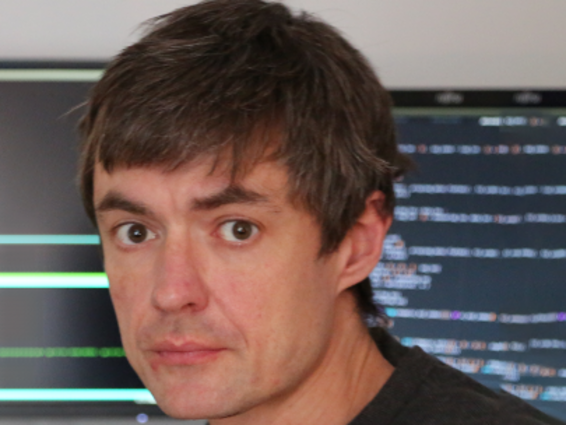
Kristoffer Laigaard Nielbo is manager of Center for Humanities Computing Aarhus and DIGHUMLAB and national coordinator of DARIAH, Digital Research Infrastructure for the Arts and Humanities. As infrastructure manager, Nielbo strives to empower and accelerate humanities and social science research through interactive computing and collaborative development.
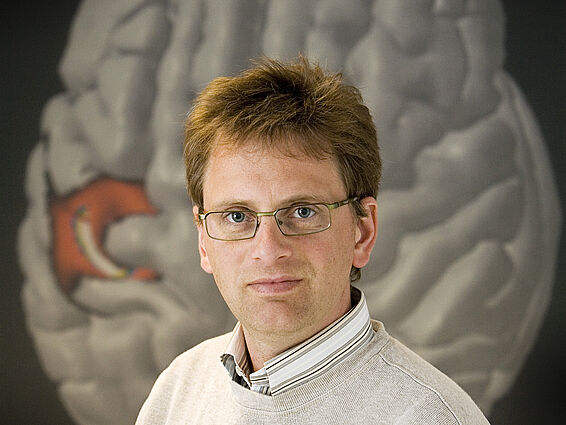
Presentation by Andreas Roepstorff.
Digital models are increasingly important interfaces in collaborative research. But precisely because they are often as much models for that, which they analyse, as models of it, their status can be complex and contested. Perhaps this point to a third possible use of digital models; do they have the potential to be possible sites for constructive reflection in interdisciplinary collaborations?
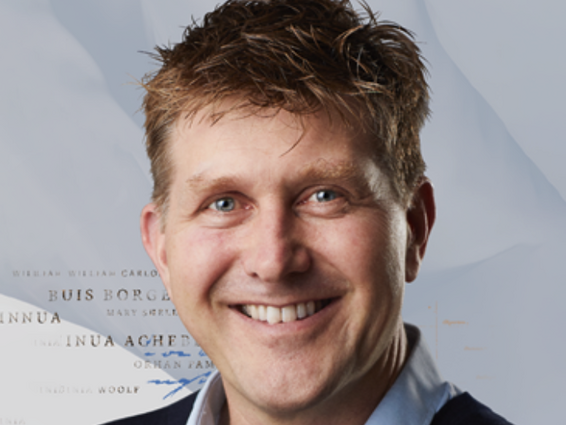
Mads Rosendahl Thomsen is professor of Comparative Literature, Aarhus University. He will present the research project Fabula-NET, which studies new methods for assessing literary quality in an interdisciplinary group of literary scholars, computer scientists and linguists. He will address both the benefits of studying larger corpora and addressing research that have not been answered fully with traditional methods, as well as the challenges of refining a model in a world of biased data.
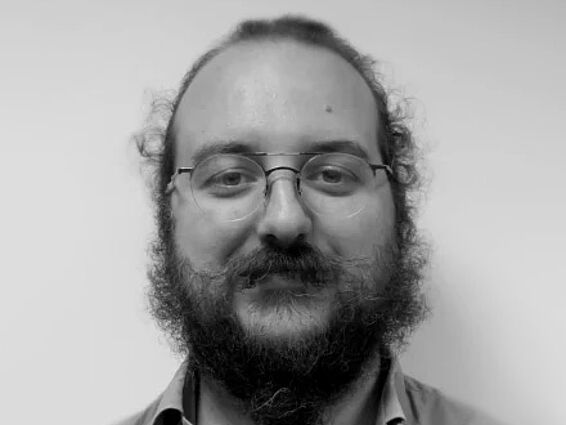
Presentation by Mathieu Jacomy.
Everyone agrees that partitioning a network into distinct groups, often called "communities", is useful in some situations. The practice can be found from digital humanities to natural sciences through social network analysis and engineering. But some people describe, while others model, even though all use the same set of algorithms. Tiago Peixoto, a prominent contributor to this field, argues for the scientific superiority of Bayesian inference over the older but popular approach of modularity clustering. His argument hinges upon the epistemic value of modelling. Yet, as I observe, modularity clustering remains favoured in descriptive approaches, for reasons that have to do with the researcher's methodological agency. Is it even sound to use modelling algorithms in a descriptive perspective?
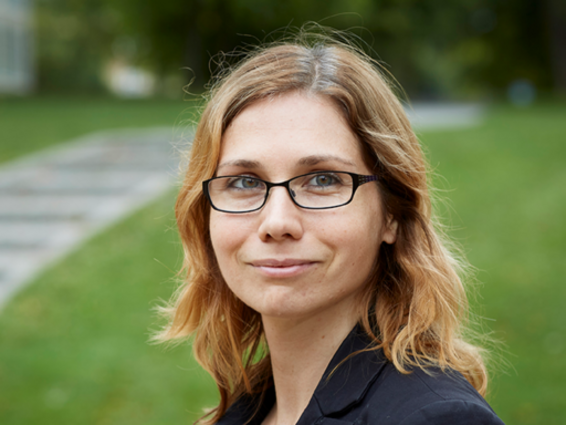
Presentation by Iza Romanowska.
The task might look daunting. How do we go from 300,000 pieces of Palaeolithic lithic debitage or 500kg of Roman pottery to an understanding of the complex network of relationships between individuals, groups, and their environment that made human societies in the past? Agent-based modelling provides a method for unravelling complex interactions and dynamic processes that have driven societies over history. This introduction to simulation, agent-based modelling and its epistemological foundations will showcase how we can use these techniques to better understand the deep past and draw useful lessons from it.
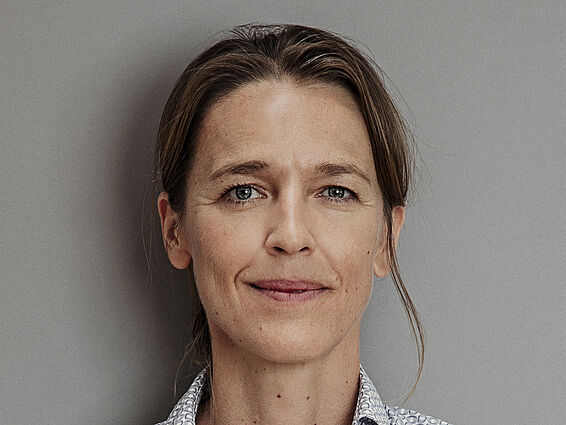
Digital humanities, David Berry admonishes us, should not just adopt new digital methods in the study of its traditional fields nor restrict itself to the study of new phenomena with existing approaches. Rather, digital humanities should “…focus on the computer code that is entangled with all aspects of our lives, including reflexivity about how much code is infiltrating the academy itself” (Berry, 2011: 4). In other words, we need to consider the epistemological and ontological consequences of digital technologies before integrating them in our research practices. In this talk, I consider what automated persuasion might mean for the field of rhetoric, offering this as an illustration of a broader reckoning with the ‘digital’ in ‘digital humanities’.
Sine Nørholm Just is a professor of strategic communication at the Department of Communication and Arts, Roskilde University. She is the principal investigator of Algorithms, Data & Democracy, an interdisciplinary research project that studies controversial sociotechnical dynamics in an effort to reconfigure the algorithmic organisation of data and strengthen digital democracy.

Rebekah Baglini is an assistant professor of Linguistics at Aarhus University and a researcher on the Carlsberg-funded HOPE Project (How Democracies Cope with Covid-19) since 2020. From the perspective of cultural dynamics, the COVID-19 pandemic provides a natural experiment that allows us to study the effect of a global catastrophe on the informational and emotional dynamics of both traditional and social media. Her talk will discuss several projects in this vein which apply tools and methods from information theory to media corpora, using near-comprehensive collections of Danish newspaper articles and public Twitter posts from 2019 to the present.
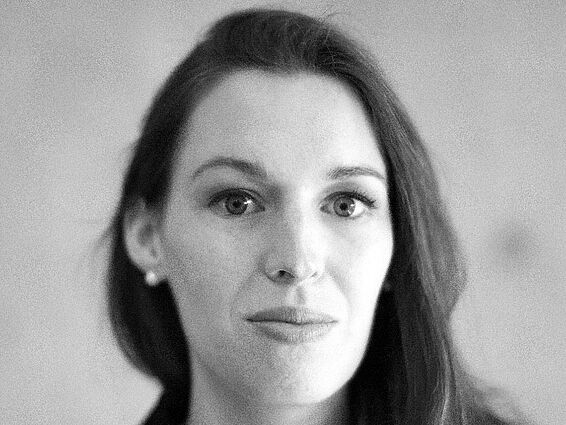
The focus of this paper is the private library of the 17th century Danish noblewoman Karen Brahe. Containing approximately 4,000 works, the scope of the collection makes it difficult to study with the conventional method of analysis used by literary scholars: close reading.
In this paper, I outline a distant reading of the collection that employs quantitative, computational methodologies to map the texts, contributors, and geographical locations that make up the Brahe collection.
Lucie Duggan is a postdoctoral researcher and PI of the Augustinus-funded research project Reading Women. Karen Brahe and Female Book Ownership (1609-1736) at the Institute for the Study of Culture at the University of Southern Denmark.
Practises of practise Viking Age Textiles – between Crafts People and Digital Tools
The aim with this presentation is to illuminate how the body, mind, and environment are involved in the production processes behind ancient technology and the creation of textiles, by developing the use of Experimental Archaeology, Motion Capture, and Cognitive Motor Neuroscience for recording and understanding textiles and textile craft processes.

Eva Andersson is an associate professor at the University of Copenhagen working with Viking Age Textiles and digital tools. She is the head of the Centre for Textile Research.
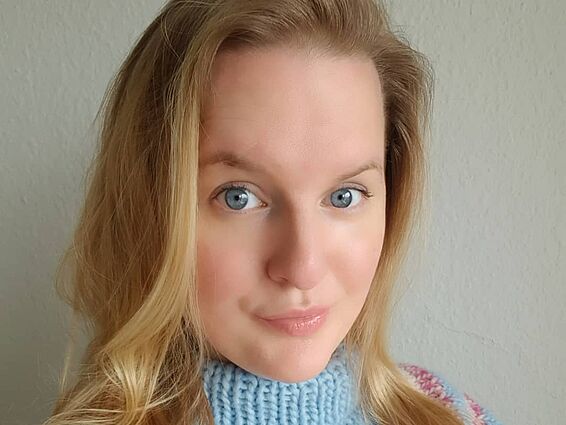
Sofie Louise Grue Husted Andersen is a MA student at University of Copenhagen working with Motion Capture and textile archaeology.

Jens Bjerring-Hansen is an associate professor at the University of Copenhagen working with Scandinavian literature. He is the leader of the ongoing research project, MeMo – Measuring Modernity: Literary and Social Change in Scandinavia 1870-1900. In the talk he will address the possibilities – and intricacies – of capturing literary trends in a large corpus of novels, inaccessible for a human reader, as well of combining the literary analysis with layers of historical and social evidence outside the texts.

Presentation by Timothy Tangherlini.
An unexpected consequence of the always-on social media information world in which we live is access to considerable data reflecting informal cultural processes and their dynamic circulation on and across social networks. In this brief talk, premised on the emerging field of “Culture Analytics”, I present three data-driven investigations of informal culture. In the first experiment, we explore how thousands of readers generate a consensus model of a fictional work of art through their discussions on sites such as Goodreads. By considering reader reviews of individual novels, we aim to understand what readers remember, which characters they emphasize and how they recreate the stories they have read. In the second experiment, we apply machine learning methods to extract the underlying narrative frameworks driving conversations on social media with the goal of deriving the narrative structural features of conspiracy theories. Despite the partial and noisy presentation of these narratives in these forums, we show how narrative structures, presented as network models, are limited, stable and have recognisable topologies. In the final experiment, we explore how K-pop dance is a collective expressive form, where fans (re)create their idols’ dances. Our goal here is to explore the use of non-textual terms, such as pose and movement sequence, as the basis of an exploration of a large corpus of informal dance and its variation.
This page was last edited June 13th 2022.